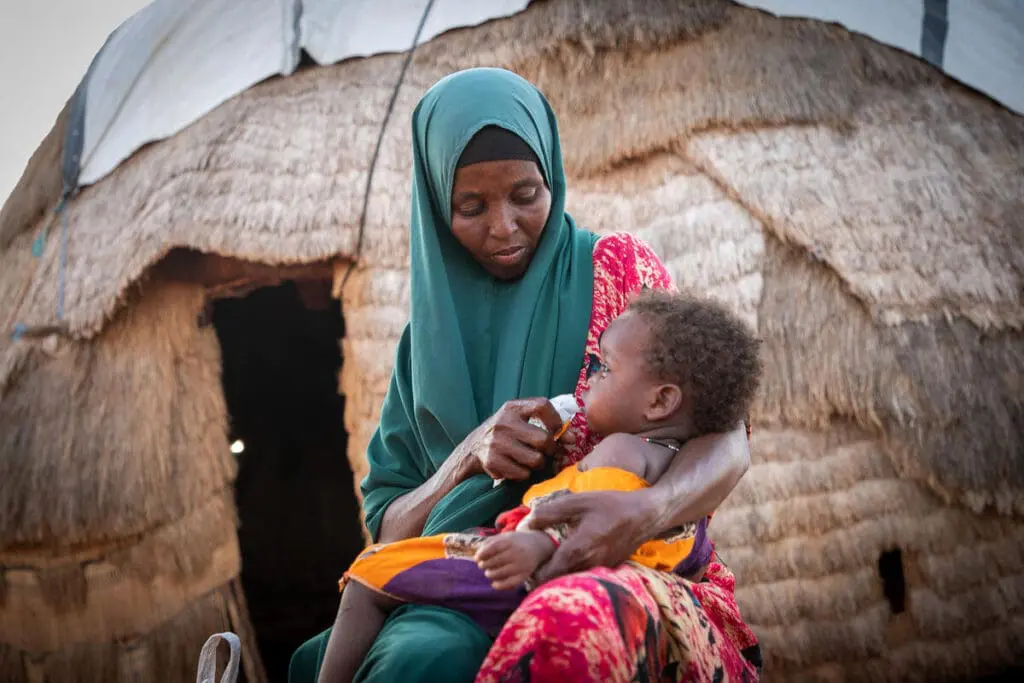A report released on Wednesday revealed that global hunger levels have stagnated for three consecutive years, following a significant rise due to the COVID-19 pandemic. Last year, one in eleven people worldwide experienced hunger.
The State of Food Security and Nutrition in the World (SOFI) report by UN agencies stated, “The world is still far off track” in achieving the sustainable development goal of zero hunger by 2030.
The report estimated that between 713 and 757 million people faced hunger in 2023, with one in every five in Africa. Using the mid-range estimate of 733 million, this is approximately 152 million more people than in 2019.
Hunger continues to rise in Africa, the report noted, but has remained relatively stable in Asia, with significant progress observed in Latin America and the Caribbean.
Africa remains the region with “the largest proportion of the population facing hunger,” at 20.4 percent, compared with 8.1 percent in Asia, 6.2 percent in Latin America and the Caribbean, and 7.3 percent in Oceania.
Despite this, Asia still accounts for more than half of the world’s hungry population.
The report emphasized that the lack of improvement in food security and uneven progress in economic access to healthy diets diminishes the likelihood of achieving Zero Hunger by 2030. It projected that 582 million people will be “chronically undernourished” by the end of the decade, with more than half of them in Africa.
To address this, the report stressed the need to accelerate the transformation of agrifood systems, enhance their resilience to major drivers, and address inequalities to ensure that healthy diets are affordable and accessible to all.
Oxfam, a UK-based charity, described the high levels of global hunger as “shameful,” attributing it to various factors that governments use as “convenient excuses to avoid decisive action.”
“We grow enough food to feed everyone in the world and there are solutions to eradicate this terrible scourge,” Oxfam stated.
The charity highlighted that countries with “high levels of hunger tend to be poor, highly-indebted, and often exploited,” making them “most vulnerable” to climate-related and economic shocks.
“The UN identifies a gap of trillions of dollars needed to end hunger,” Oxfam noted, calling for “bold political action” to bridge this gap.
Oxfam emphasized that private financing can only be a partial solution and called for increased public funding, particularly for smallholder farmers in poorer countries. It also advocated for stronger social protection schemes, widespread debt relief, and for wealthy countries to fulfill their humanitarian and climate finance commitments.
“The world’s poorest people are paying the highest price of hunger. We need deeper, structural policy and social change to address all the drivers of hunger, including economic injustice, climate change, and conflict,” Oxfam urged.




